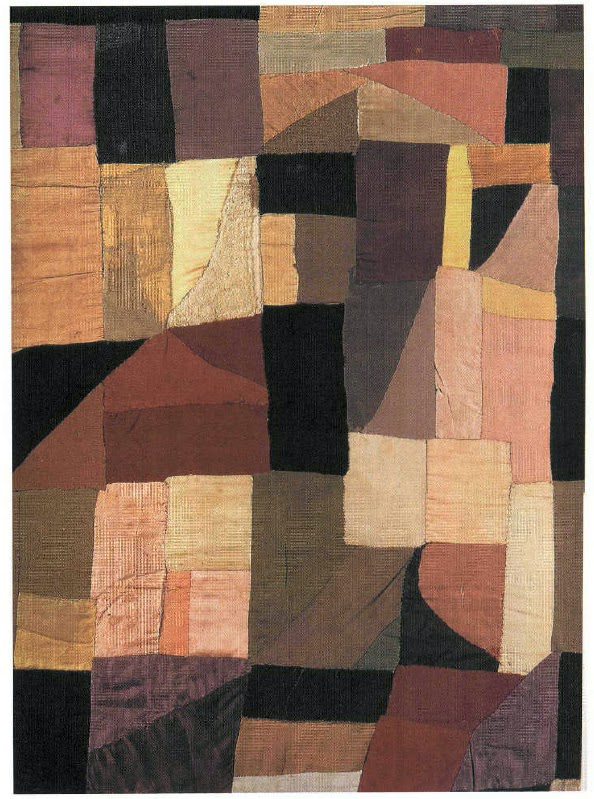 |
| Denver’s Union Station with light rail development. |
If you’ve taken the California Zephyr across the country, you’ve stopped at Denver’s Union Station. There’s been a station on this site since before the first Transcontinental Railroad was completed. The current one, designed by Denver architects Gove & Walsh, was built in the Beaux-Arts style and opened in 1914.
The station was built of marble quarried at Yule Creek Valley in Colorado. This marble is so white, uniform, and workable that it was also used for the Tomb of the Unknown Soldier and the Lincoln Memorial in Washington, D.C.
 |
| And how it looked to prior generations of rail travelers. |
Perhaps it was the whiteness of the marble that caused the Denver Post’s Fine Arts Critic, Ray Mark Rinaldi, to accuse the building itself of being racist.
“The symmetry, arched windows, ornate cornice and stacked, stone walls have their roots in the glory days of France, England, Greece and Rome, in empires that were nearly absent of ethnic minorities and who felt fully at ease invading, exploiting and actually enslaving the people of Africa, subcontinent Asia and South America,” he wrote.
It’s ironic that he omitted the legitimate acts of racial oppression related to the Transcontinental Railroad: the abysmal treatment of Chinese workers both on the railroad and in the mines, and the displacement of indigenous Americans.
 |
|
Denver in 1859, Collier and Cleveland Litho Co. If ‘exploitation’ means indoor plumbing, I’m all for it..
|
I went to kindergarten in a building that had separate boys’ and girls’ entrances. I wouldn’t even go so far as to accuse that building of being sexist.
“There’s no traditional Mexican restaurant…” Rinaldi laments. Of course, had there been, it would have been built in another exploitative style, since Mexican architecture borrows heavily from Spain.
 |
|
Al Khazneh in Petra.
|
People borrow from other cultures even when they haven’t been colonized or exploited by them. Consider all the paeans to “Asian simplicity” in modern architecture. Al Khazneh in Petra looks like a Greek building, but it was built by the Nabataeans while they were still independent of Rome. The Nabataeans just dug that Greek look.
 |
|
Crofutt’s Trans-Continental Tourist’s Guide Frontispiece 1870
|
When Denver plopped its first rail station on that site, it was a “city” of fewer than 5000 people. When it started building the station that is there now, it was a boom-town of double-digit population growth. Its lovely train station was aspirational, not racist or exploitative.































